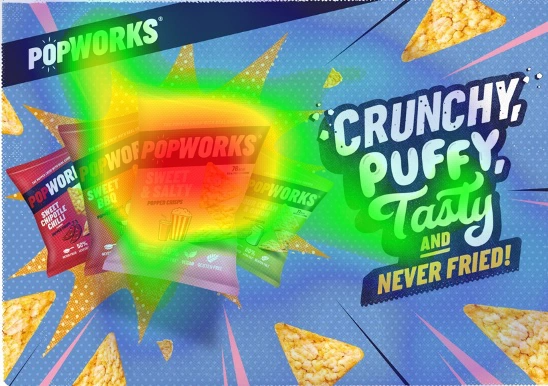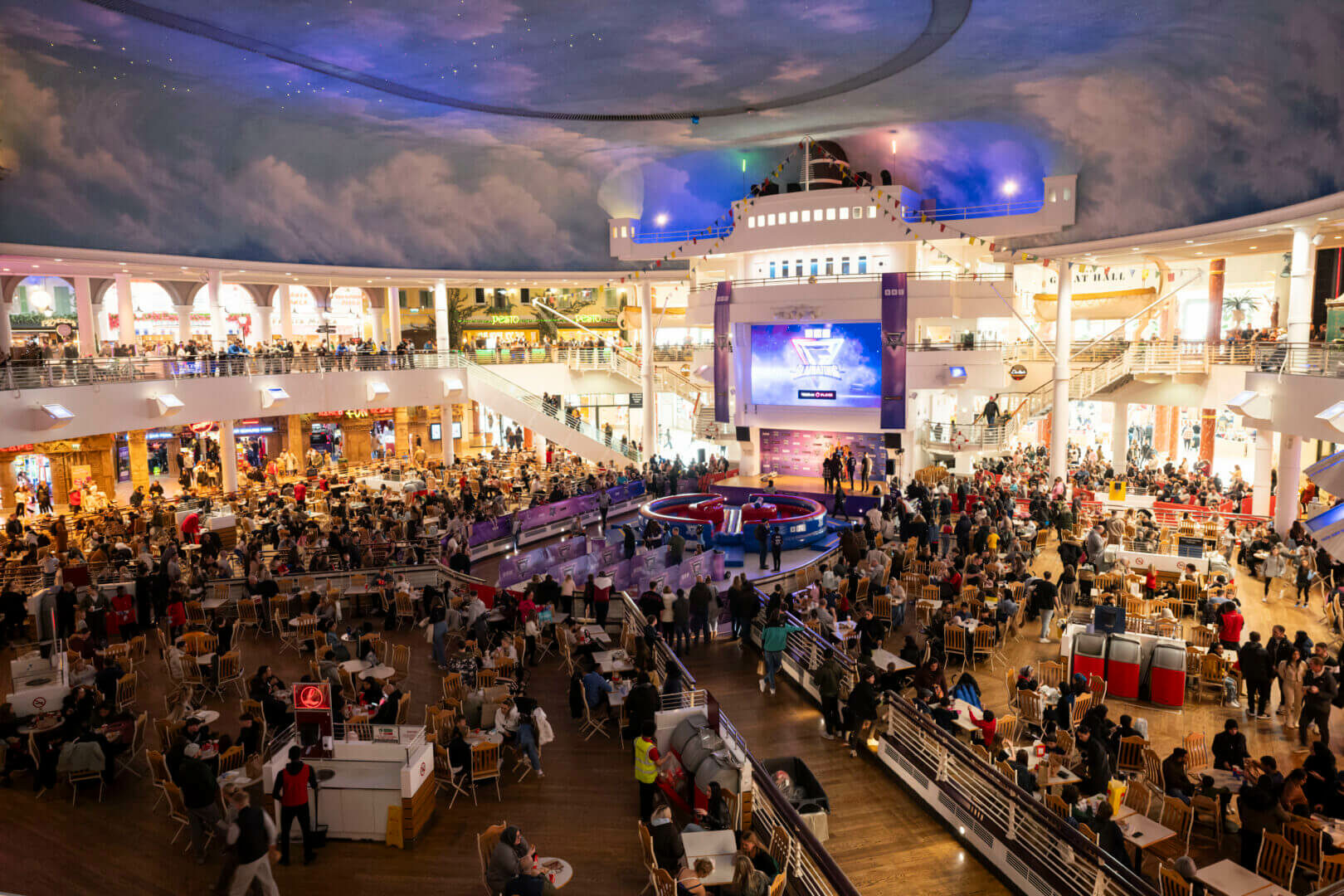Closing the evidence gap in OOH
Advancing OOH: Evidence-Based Metrics Driving Effectiveness
As data has dictated the direction of travel for the media economy in recent times, there remains an over-reliance on some performance metrics that still profess to measure efficiencies rather than effectiveness. This is changing as we become more proficient and confident in applying measures that truly reflect a cause and effect, whether branding or activation led.
This shift is helping us build a case load of evidence now that can shift media practitioners from the guess to the evidence economy; and Out of Home is no exception.
We have device data, neuroscience, brand metrics and econometrics at our disposal to measure the right outcomes for Out of Home campaigns. Meanwhile, greater targeting accuracy, improved planning techniques around audience behaviours and location and the improved aesthetics and audiences of an Out of Home sector that blends classic, digital and contextual messages is contributing to greater effectiveness and more relevant audience outcomes.
Here are five elements that demonstrate how far we’ve come and are helping to drive accountability and growth in OOH.
- IPA case studies. Taking a lead from the effectiveness experts, the IPA’s work into profit-generation and the importance of branding reveal some simple dynamics, particularly relating to the rise of digital OOH. Since 2014, OOH has become twice as effective. Digital screens in better locations and the use of more contextual OOH in campaigns have driven better outcomes. The channel’s ability to combine reach and impact for brands to engage audiences across a blend of classic and digital OOH can truly impact brand profitability.
- Never at its best as just a standalone channel, OOH can bring these benefits – reach, proximity, location and audience – to the right campaign. Traditionally a strong support medium to the branding and emotional benefits of TV, OOH now offers genuine reach to help make up TV shortfalls in younger audiences for brand campaigns. But it offers much more, as a priming medium working particularly well with digital channels and supporting emerging social platforms better than other channels, even according to Facebook’s own research. Our 4th Space study showed how key attributes of the brand funnel (awareness and activation) were effectively stimulated by full motion digital OOH amplification of brand content also used on social media. Backed up by Ocean Outdoor’s Neuroscience series which looks at the positive effect of full motion, content and social media on key metrics, we can maximise how OOH can affect our smart device behaviour.
- The challenge of advertising is to drive consumers to want to buy your brand. Out of Home can amplify the brand but also push you through the door. Brand consideration was cited in JCDecaux’s recent Brand Gap research as the “golden metric” for brands. Our Ada location planning tool combines the use of intelligent device data with tracked outcomes in the form of retail footfall and brand metrics. We have numerous examples showing how smarter behavioural targeting can really affect behaviours, including frequency and action in key retail and people environments. Examples include brands like Starbucks and McDonald’s, where a smarter planning approach has made a real impact on diverse brand strategies.
- Econometrics is an emotive subject in media, but works best when understanding customers and loyalty, not just media channels. We have used aggregated brand econometrics studies measuring the campaign performance in our Dare to Digitise work, which highlights the evolving effectiveness of digital OOH, particularly as an activation medium. Econometrics results show that DOOH delivers strongly against its premium price point, with significant increases in campaign profit when campaigns used a higher share of DOOH. The optimal level is a 57% share, but we also found that large format OOH campaigns can “dare to digitise” and deliver higher profit returns at 100% DOOH.
- Putting evidence in context is as important as measuring the right KPIs in the first place. We’ve been measuring outcomes for our clients for nearly seven years. Our Talon Benchmarks database aggregates data for brands and categories across OOH formats, all by measured key brand attributes ranging from brand awareness – still a crucial measure for many – to the golden consideration and call to action measures.
These results reflect the increased impact made by Digital OOH as media owners invest in more, higher quality screens across more UK locations, targeting higher volumes of people. Whilst this has led to some questions around justifying screens’ perceived ‘premium’ price point, advertisers can be much braver in their use of OOH by using reach-building, high impact digital formats that are genuinely delivering return on investment for their campaigns.
Consistency of findings across brand funnel metrics and format deliverables inform us that the medium both delivers on client outcomes and is nuanced to ensure delivery against relevant KPIs. The most important factor, still, remains the creative. Reinforcing messages through creative engagement makes the best of a channel that is now delivering hard evidence, tracked and measured accountability and a consistency of effectiveness results for brands making many more decisions on their own evidence than on guesswork.
Authored by Nick Mawditt, Managing Partner at Talon.



